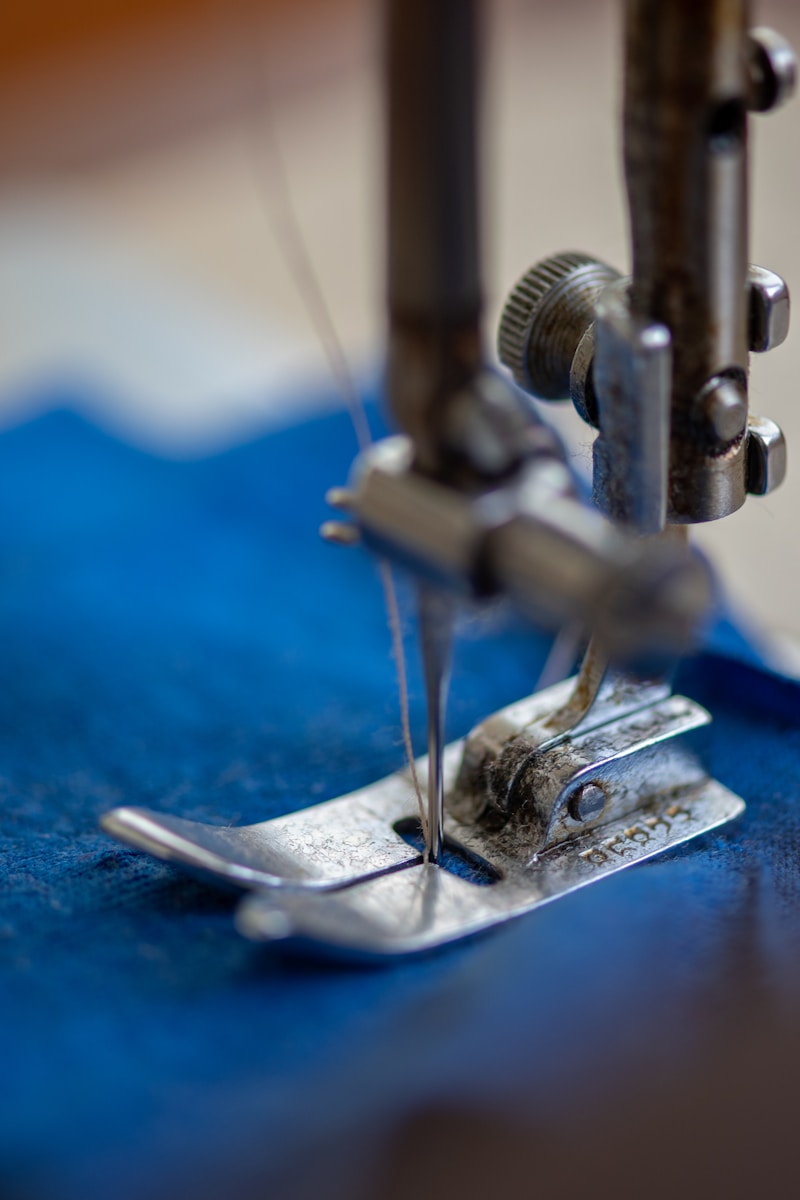Unlocking the Secrets of Gown Alterations and the Tailoring Process
Unlocking the Secrets of Gown Alterations and the Tailoring Process
When it comes to special occasions, the perfect gown can make all the difference. However, that dream dress often needs some adjustments to fit seamlessly. This article will explore the intricacies of gown alterations and the tailoring process, ensuring that your dress complements your figure flawlessly.
Understanding Gown Alterations
Gown alterations are adjustments made to a dress to ensure it fits the wearer perfectly. These changes can enhance the style and comfort of the gown. Whether it’s for a wedding dress, a cocktail gown, or a prom dress, alterations can transform an off-the-rack piece into a personalized masterpiece. Here are some common types of alterations:
| Type of Alteration | Description |
| Hemming | Shortening or lengthening the gown to achieve the desired length. |
| Bust Adjustment | Altering the bust area for better support and fit. |
| Taking in or letting out seams | Adjusting the overall size of the gown by modifying side seams. |
| Adding or removing straps | Enhancing or reducing shoulder support for comfort. |
| Restyling | Making significant changes, like converting a gown’s neckline or silhouette. |
The Tailoring Process Explained
The tailoring process is an art that ensures that your gown not only fits but also flatters your unique body shape. Tailoring involves a series of steps that requires skill and precision. Here’s a step-by-step guide to what happens during the process:
1. Initial Fitting
The journey to a perfectly fitted gown begins with an initial fitting. It’s crucial to wear the undergarments you plan to use on the day of wearing the gown, as this will help the tailor assess the fit accurately.
2. Measurement Taking
During the initial fitting, the tailor will take detailed measurements. These commonly include bust, waist, hips, and the desired length of the gown. If necessary, additional measurements may be taken to ensure a perfect fit.
3. Pinning the Gown
Once the measurements are taken, the tailor will pin the gown on the client. This step is crucial as it visually represents how the alterations will look. The client should walk around and sit down to see if any adjustments are needed.
4. Making Adjustments
After the gown is pinned, alterations will commence. The tailor will carefully make the necessary changes, such as taking in seams or adjusting the hemline. This phase may take several days, depending on the complexity of the alterations.
5. Second Fitting
A second fitting is essential to ensure the alterations meet expectations. The gown is tried on again to confirm that everything fits as desired. If further adjustments are needed, they can be made during this fitting.
6. Final Touches
Once the fit is perfect, the tailor will complete any final touches, such as adding finishing details and ensuring the gown is clean and ready for the big day.

The Importance of Choosing the Right Tailor
Selecting the right tailor is crucial for successful gown alterations. Here are some key factors to consider when choosing one:
- Experience and Skill: Look for a tailor with extensive experience in gown alterations, especially for specific events like weddings.
- Portfolio: Ask to see past work to ensure their style aligns with your vision.
- Testimonials: Check online reviews or ask for recommendations from friends who have had successful experiences.
- Communication: A good tailor should be able to communicate effectively, understanding your needs and preferences.
Common Questions About Gown Alterations
Here are some frequently asked questions regarding gown alterations:
How long before the event should I schedule my fitting?
It’s advisable to begin the alteration process at least 2 to 3 months before your event. This timeframe allows for multiple fittings and adjustments, ensuring everything is perfect.
What is the average cost of gown alterations?
The cost of gown alterations can vary significantly based on location, the complexity of the adjustments, and the tailor’s experience. On average, alterations can range from $50 to $300. It’s best to get a quote during your first consultation.
Can all gowns be altered?
Most gowns can be altered, but some limitations may exist depending on the gown’s design and fabric. It’s best to consult with a tailor to assess what changes can be made to your specific gown.
What if I gain or lose weight before my event?
If you gain or lose weight shortly before your event, you should communicate this to your tailor immediately. They may be able to make further adjustments to accommodate your changing size.
Conclusion: Preparing for Your Beautiful Transformation
Proper gown alterations are vital in achieving a flawless look on your special day. By understanding the tailoring process and working closely with a skilled tailor, you can create a stunning gown that enhances your natural beauty. Remember, the right fit makes a significant difference, so do not underestimate the power of professional alterations.
To ensure a smooth alteration process, consider scheduling your fittings well in advance and selecting a tailor who resonates with your style and vision. Happy gown hunting and tailoring!
